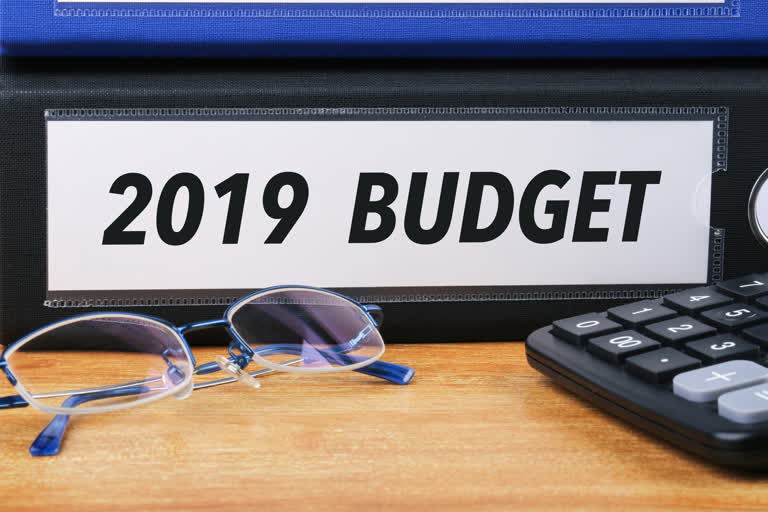New Delhi: The entire nation is waiting eagerly to watch Finance Minister Nirmala Sitharaman present her first budget for the financial year 2019-20 on July 5.
Lots of efforts and research are involved behind the preparation of the budget so that it can cover all the necessary decision required for the country's wellness.
Let us try to understand the process of making it:-
The preparation of the budget includes three stages budget preparation, budget presentation and post-budget presentation.
Budget Preparation:
- The preparation for presenting a full-fledged budget starts in the month of September. It takes around five months to get it prepared for the presentation in the first week of February
- In the year in which General Elections to the Lok Sabha are held, the Interim Budget is presented to Parliament on any given day convenient to government
- After the elections are over and assumption of office by the new government, the Regular Budget is presented to Parliament on any date convenient to the government or as decided by the new government
- The responsibility of producing budget lies in the hands of Budget Division being a nodal agency
- The commencement of Budget Process takes place with the issue of the Budget Circular, normally issued in the month of September each year
- Budget Circular is the guidelines on the basis of expenses. It is being sent to union ministries, states, departments, UTs, autonomous bodies and defence forces asking the expenses, special planning and funds required by them
- After their response, a series of meetings also known as Pre Budget Meeting or Consultation is held with the ministries and department of expenditure of the finance ministry
- Before the submission of the Statement of Budget Estimates which will be furnished after the finalization of the budgetary ceilings during the pre-budget meetings, the Ministries/Departments are required to submit the Statement of proposals for pre-budget discussion in the form prescribed in Appendix IV
- The estimates will be scrutinised by the administrative units of the Ministry/Department and forwarded to the Financial Adviser for further examination and processing
- The estimates finally recommended by the Financial Adviser will be summarised in the form of Statement of Budget Estimates (proposed) and eighteen copies thereof forwarded to the Budget Division of the Ministry of Finance
- As everything is done and finalised by now, the final decision on tax proposal is taken by the Finance Minister
- The final phase includes speech writing
- Before finalizing the budget it is discussed with the Prime Minister and then it is sent for printing
- Halwa ceremony is being celebrated before the printing starts at the North Block of the Finance Ministry
Budget Presentation:
- On the morning of the Budget Day, through a Summary for the President, the government seeks approval for the presentation of the Budget
- A cabinet meeting is done just one hour before the Budget presentation to brief them on the Budget proposals
- Finally, the Finance Minister presents the union budget at 11:00 a.m. at the Lok Sabha
- After the FM's speech, the Annual Financial Statement is sent to Rajya Sabha
- No further discussion is done on the budget day
Post Budget Presentation:
- After a few days of the budget presentation, a general discussion is done in the Lok Sabha for 2-3 days. The Finance Minister replies at the end of the debate or discussion. The house is adjourned for some period of time
- Within this period the relevant standing committees decide on the decisions for the proposals made in the budget also known as demand for grants
- The budget which is presented by the means of the finance bill and appropriation bill has to be passed by the Lok Sabha before it can come into effect on April 1
- On the last day of the discussion on demand for grants, the vote in the house begins
- Then comes the turn of Appropriation bill to get votes in Lok Sabha. It gives the power of using consolidated funds to the government
- Now the finance bill is considered and passed by the parliament. It needs to be passed by both the houses within 75 days of its introduction
- Passing of the finance bill is the last step and marks the end of the budget process by the sign of the President
Read more:Budget 2019: Permanent solutions to revamp agriculture sector



